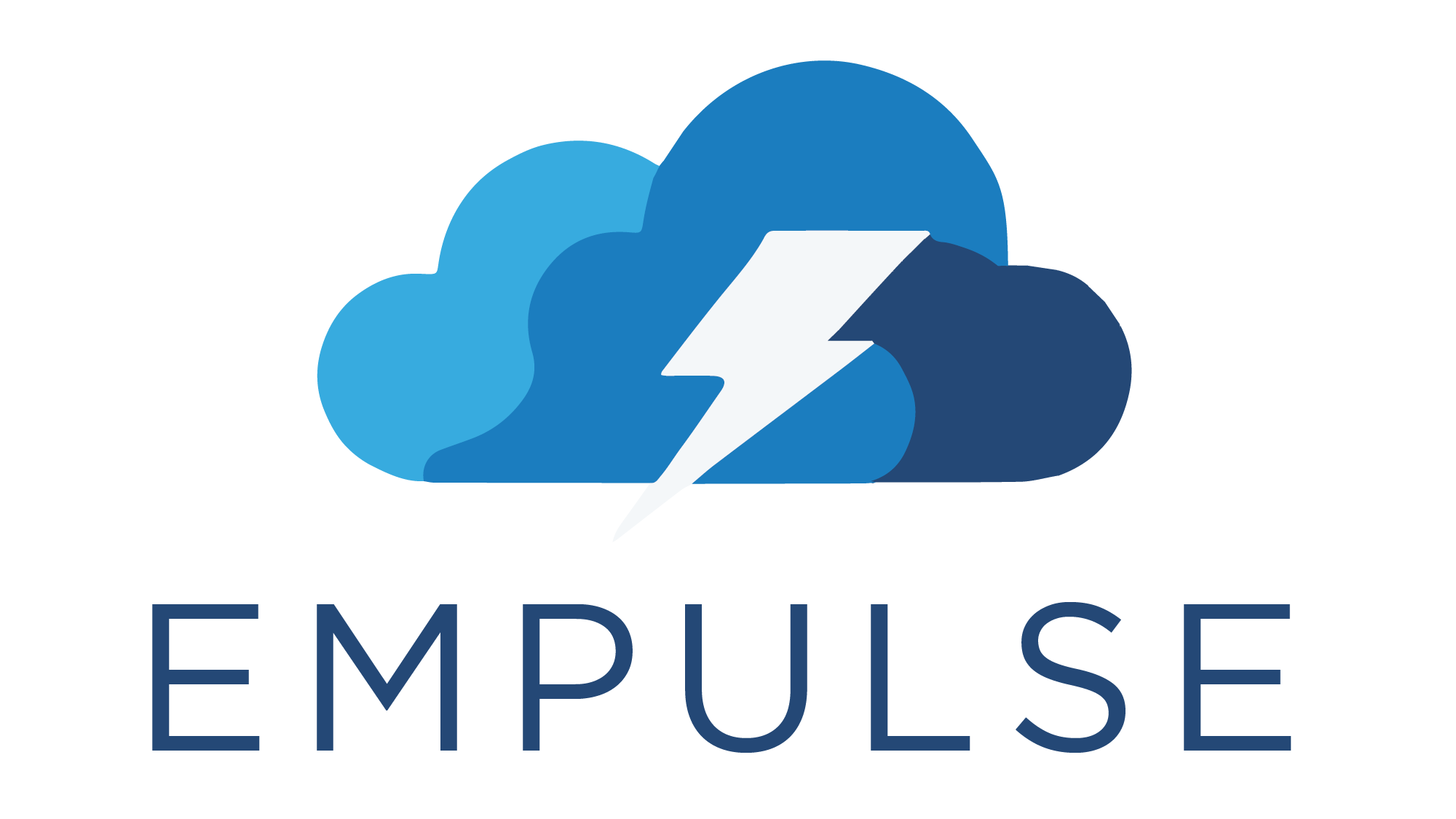Empulse#
Empulse is a package aimed to enable value-driven and cost-sensitive analysis in Python. The package implements popular value-driven and cost-sensitive metrics and algorithms in accordance to sci-kit learn conventions. This allows the measures to seamlessly integrate into existing ML workflows.
Installation#
Empulse requires python 3.10 or higher.
Install empulse via pip with
pip install empulse
What can you do with Empulse?#
Features#
Take the tour#
Ready to use out of the box with scikit-learn#
All components of the package are designed to work seamlessly with scikit-learn.
Models are implemented as scikit-learn estimators and can be used anywhere a scikit-learn estimator can be used.
Pipelines#
from empulse.models import CSLogitClassifier
from sklearn.datasets import make_classification
from sklearn.pipeline import Pipeline
from sklearn.preprocessing import StandardScaler
X, y = make_classification()
pipeline = Pipeline([
("scaler", StandardScaler()),
("model", CSLogitClassifier())
])
pipeline.fit(X, y, model__fp_cost=10, model__fn_cost=1)
Cross-validation#
from sklearn.model_selection import cross_val_score
cross_val_score(
pipeline,
X,
y,
scoring="roc_auc",
params={"model__fp_cost": 10, "model__fn_cost": 1}
)
Grid search#
from sklearn.model_selection import GridSearchCV
param_grid = {"model__C": [0.1, 1, 10]}
grid_search = GridSearchCV(pipeline, param_grid, scoring="roc_auc")
grid_search.fit(X, y, model__fp_cost=10, model__fn_cost=1)
All metrics can easily be converted as scikit-learn scorers and can be used in the same way as any other scikit-learn scorer.
from empulse.metrics import expected_cost_loss
from sklearn.metrics import make_scorer
scorer = make_scorer(
expected_cost_loss,
response_method="predict_proba",
greater_is_better=False,
fp_cost=10,
fn_cost=1
)
cross_val_score(
pipeline,
X,
y,
scoring=scorer,
params={"model__fp_cost": 10, "model__fn_cost": 1}
)
Use-case specific profit and cost metrics#
Empulse offers a wide range of profit and cost metrics that are tailored to specific use cases such as:
and fraud detection (coming soon).
For other use cases, the package provides generic implementations for:
the cost loss,
the expected cost loss,
the savings score,
and the maximum profit score.
Build your own profit and cost metrics#
The Metric class allows you to easily build your own profit and cost metrics.
First, you start to define the cost matrix through the CostMatrix class.
A tiny example: suppose you’re building a spam filter.
False positive (legit email marked as spam) costs 5, because you might miss something important
False negative (spam slips through) costs 1, because it wastes your time
from empulse.metrics import CostMatrix
cost_matrix = CostMatrix().add_fp_cost('fp').add_fn_cost('fn')
cost_matrix.alias({'opportunity_cost': 'fp', 'time_wasted_cost': 'fn'})
Now, you can define your own profit and cost metrics using different strategies.
from empulse.metrics import Metric, Cost, Savings, MaxProfit
expected_cost_loss = Metric(cost_matrix=cost_matrix, strategy=Cost())
expected_savings_score = Metric(cost_matrix=cost_matrix, strategy=Savings())
expected_max_profit_score = Metric(cost_matrix=cost_matrix, strategy=MaxProfit())
expected_cost_loss(
y, pipeline.predict_proba(X)[:, 1], opportunity_cost=5, time_wasted_cost=1
)
Your custom metric can also be optimized by the models:
from empulse.models import CSBoostClassifier
csboost = CSBoostClassifier(loss=expected_cost_loss)
csboost.fit(X, y, opportunity_cost=5, time_wasted_cost=1)
Read more in the User Guide.
Various profit-driven and cost-sensitive models#
Empulse provides a range of profit-driven and cost-sensitive models such as:
Each classifier tries to mimic the behaviour of sklearn’s classifiers with a cost-sensitive twist.
from empulse.models import CSTreeClassifier
from sklearn.tree import DecisionTreeClassifier
cstree = CSTreeClassifier(max_depth=2, min_samples_leaf=1, random_state=42)
dtree = DecisionTreeClassifier(max_depth=2, min_samples_leaf=1, random_state=42)
cstree.fit(X, y, fp_cost=10, fn_cost=1)
dtree.fit(X, y)
Easy passing of instance-dependent costs#
Instance-dependent costs can easily be passed to the models through metadata routing.
For instance, the instance-dependent costs are passed dynamically to each fold of the cross-validation
through requesting the costs in the set_fit_request method of the model
and the set_score_request method of the scorer.
import numpy as np
from empulse.models import CSTreeClassifier
from empulse.metrics import expected_cost_loss
from sklearn import set_config
from sklearn.datasets import make_classification
from sklearn.model_selection import cross_val_score
from sklearn.metrics import make_scorer
from sklearn.pipeline import Pipeline
from sklearn.preprocessing import StandardScaler
set_config(enable_metadata_routing=True)
X, y = make_classification()
fp_cost = np.random.rand(y.size)
fn_cost = np.random.rand(y.size)
pipeline = Pipeline([
("scale", StandardScaler()),
("model", CSTreeClassifier().set_fit_request(fp_cost=True, fn_cost=True))
])
scorer = make_scorer(
expected_cost_loss,
response_method="predict_proba",
greater_is_better=False,
).set_score_request(fp_cost=True, fn_cost=True)
cross_val_score(pipeline, X, y, scoring=scorer, params={"fp_cost": fp_cost, "fn_cost": fn_cost})
Cost-aware resampling and relabeling#
Empulse uses the imbalanced-learn package to provide cost-aware resampling and relabeling techniques:
from empulse.samplers import CostSensitiveSampler
from sklearn.datasets import make_classification
X, y = make_classification()
sampler = CostSensitiveSampler()
X_resampled, y_resampled = sampler.fit_resample(X, y, fp_cost=2, fn_cost=1)
They can be used in an imbalanced-learn pipeline:
import numpy as np
from empulse.samplers import CostSensitiveSampler
from imblearn.pipeline import Pipeline
from sklearn import set_config
from sklearn.datasets import make_classification
from sklearn.preprocessing import StandardScaler
from sklearn.linear_model import LogisticRegression
set_config(enable_metadata_routing=True)
X, y = make_classification()
fp_cost = np.random.rand(y.size)
fn_cost = np.random.rand(y.size)
pipeline = Pipeline([
("scaler", StandardScaler()),
("sampler", CostSensitiveSampler().set_fit_resample_request(fp_cost=True, fn_cost=True)),
("model", LogisticRegression())
])
pipeline.fit(X, y, fp_cost=fp_cost, fn_cost=fn_cost)
Find the optimal decision threshold#
Empulse provides the
CSThresholdClassifier
which allows you to find the optimal decision threshold for a given cost matrix to minimize the expected cost loss.
The meta-estimator changes the predict method of the base estimator to predict the class with the lowest expected cost.
from empulse.models import CSThresholdClassifier
from sklearn.datasets import make_classification
from sklearn.linear_model import LogisticRegression
X, y = make_classification()
model = CSThresholdClassifier(estimator=LogisticRegression())
model.fit(X, y)
model.predict(X, fp_cost=2, fn_cost=1)
Metrics like the maximum profit score conveniently return the optimal target threshold. For example, the Expected Maximum Profit measure for customer churn (EMPC) tells you what fraction of the customer base should be targeted to maximize profit.
from empulse.metrics import empc
from sklearn.datasets import make_classification
from sklearn.linear_model import LogisticRegression
X, y = make_classification()
model = LogisticRegression()
predictions = model.fit(X, y).predict_proba(X)[:, 1]
score, threshold = empc(y, predictions, clv=50)
This score can then be converted to a decision threshold by using the
classification_threshold
function.
from empulse.metrics import classification_threshold
decision_threshold = classification_threshold(y, predictions, customer_threshold=threshold)
This can then be combined with sci-kit learn’s
FixedThresholdClassifier
to create a model that predicts the class with the highest expected profit.
from sklearn.model_selection import FixedThresholdClassifier
model = FixedThresholdClassifier(estimator=model, threshold=decision_threshold)
model.predict(X)
Easy access to real-world datasets for benchmarking#
Empulse provides easy access to real-world datasets for benchmarking cost-sensitive models.
Each dataset returns the features, the target, and the instance-dependent costs, ready to use in a cost-sensitive model.
from empulse.datasets import load_give_me_some_credit
from empulse.models import CSLogitClassifier
from sklearn.pipeline import Pipeline
from sklearn.preprocessing import StandardScaler
X, y, tp_cost, fp_cost, tn_cost, fn_cost = load_give_me_some_credit(return_X_y_costs=True)
pipeline = Pipeline([
('scaler', StandardScaler()),
('model', CSLogitClassifier())
])
pipeline.fit(
X,
y,
model__tp_cost=tp_cost,
model__fp_cost=fp_cost,
model__tn_cost=tn_cost,
model__fn_cost=fn_cost
)

